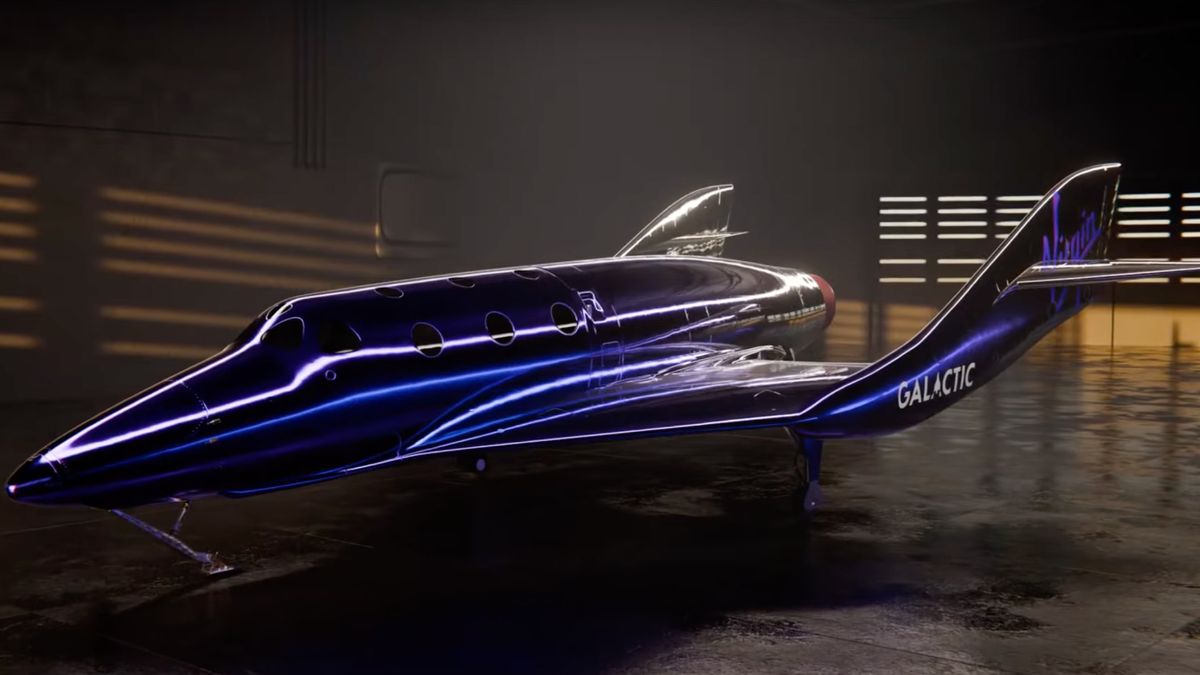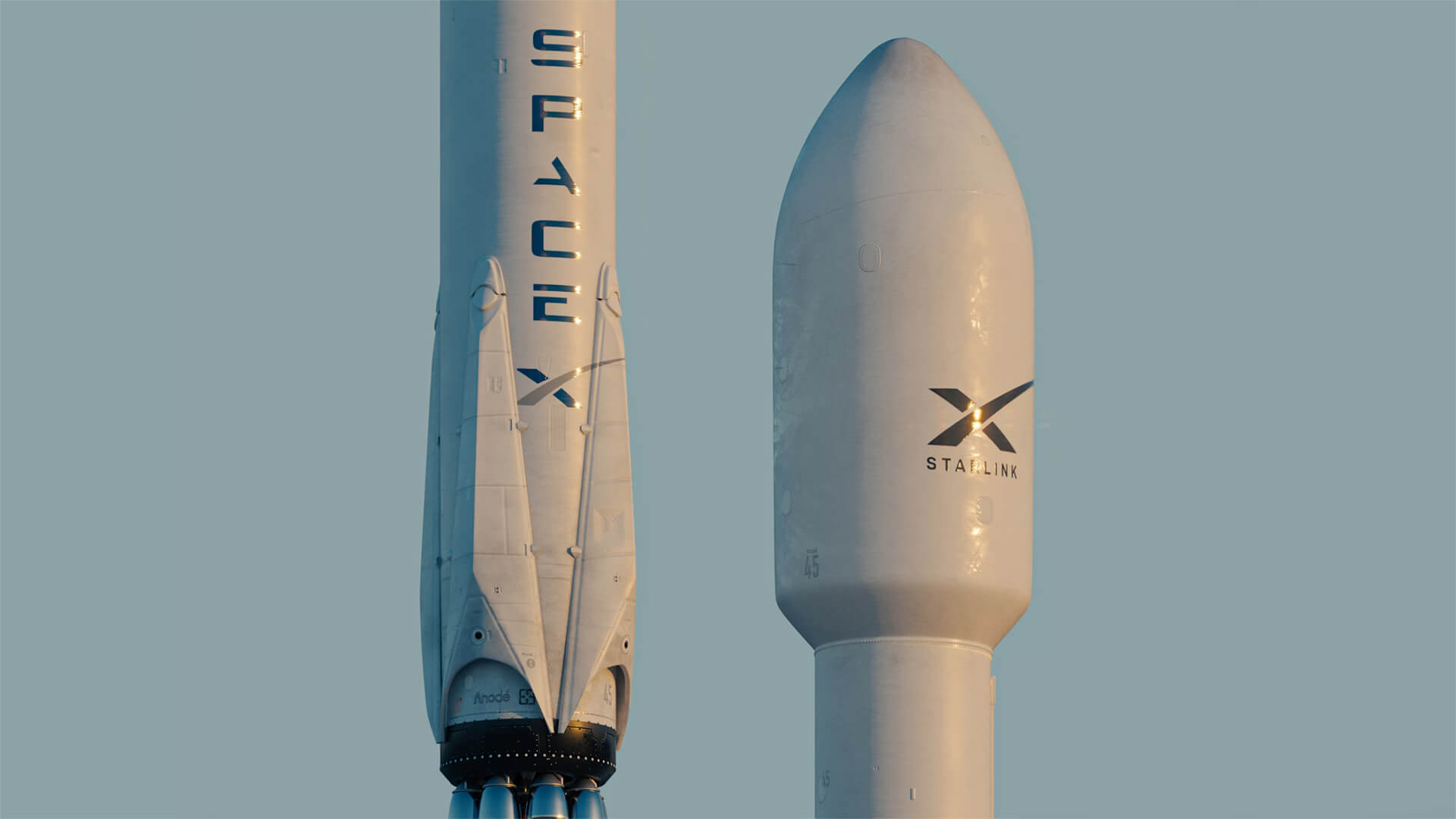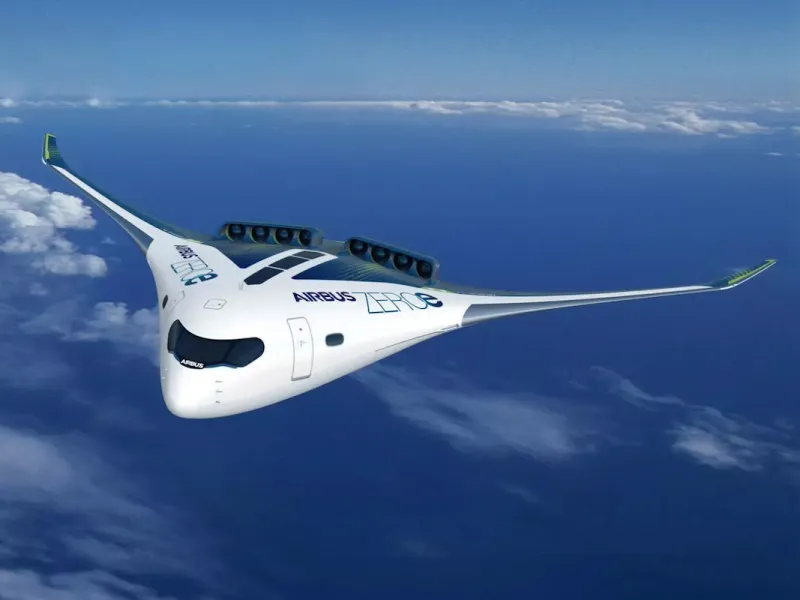Commercial spaceplanes are no longer confined to science fiction—they are rapidly emerging as a practical option for transporting satellites, cargo, and eventually passengers. Unlike traditional rockets, spaceplanes are designed to operate more like airplanes, combining routine flight operations with the ability to reach orbit and return safely.
Spaceplanes vs. Traditional Rockets
Rockets launch vertically, burning through massive amounts of fuel and discarding most of their structure along the way. Spaceplanes, however, can take off horizontally, climb into orbit, and return to Earth to land on a runway. This reusability not only reduces costs but also makes frequent missions more sustainable, paving the way for a future where access to space is faster, cheaper, and more routine.
Current Projects in Development
NASA has explored several concepts, most notably the X-37B, an autonomous orbital test vehicle that has completed multiple long-duration missions. In the private sector, Virgin Galactic is developing spaceplanes aimed at suborbital tourism, while the Sierra Nevada Corporation is working on the Dream Chaser, a lifting-body vehicle designed to ferry cargo—and potentially astronauts—to the International Space Station. Each of these projects emphasizes efficiency, rapid turnaround between flights, and above all, passenger and crew safety.

Challenges Ahead
Despite exciting progress, major hurdles remain. Thermal protection during reentry continues to be one of the most complex engineering challenges, as spaceplanes must endure extreme heat without adding excessive weight. Propulsion is another obstacle: vehicles need engines that are both powerful and lightweight to make horizontal takeoffs viable. Beyond the technical issues, regulatory frameworks for commercial spaceflight are still evolving, and adapting air traffic management for spaceplanes will be a significant step.
The Road Ahead
Though still in its early stages, the commercial spaceplane industry is advancing quickly. As technology improves and costs decrease, these vehicles could revolutionize how we access space—enabling not only faster deployment of satellites and cargo, but also opening the door for passenger flights beyond Earth’s atmosphere. Within the next decade, spaceplanes may transform space travel from a rare spectacle into a routine mode of transportation.



